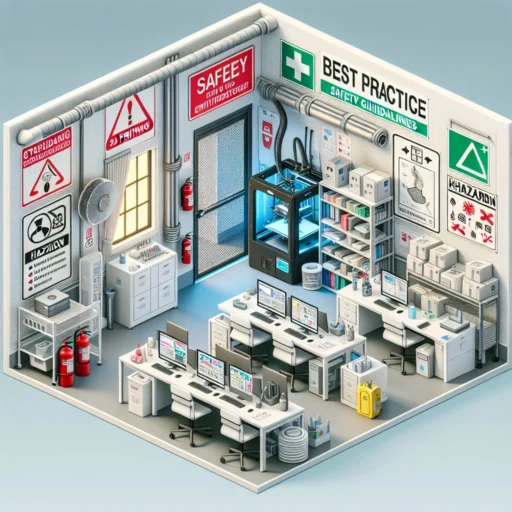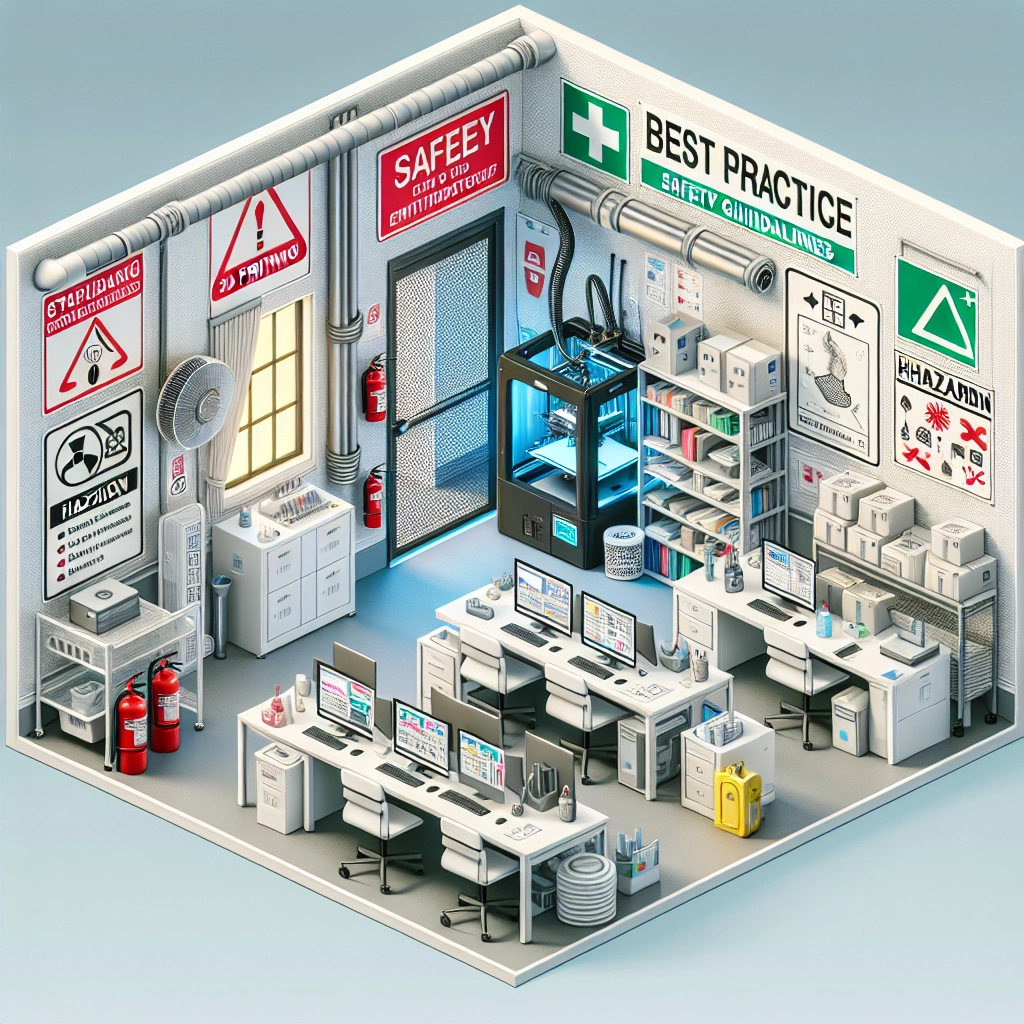3D Printing Safety: Essential Guidelines for Your Workspace
3D printing has revolutionized the way we think about creating and producing objects. From small hobby projects to significant industrial applications, this technology opens up an exciting world of possibilities. But as with any emerging technology, it’s crucial to ensure that your workspace is safe. Whether you’re working on a personal project at home or managing a 3D printing facility, paying attention to safety can save you from accidents and mishaps. Here are some essential guidelines to create a safer 3D printing environment.
Know Your Printer
Before you even touch the printer, take the time to understand its specifications. Different 3D printers operate in various ways, and knowing the ins and outs of your specific model can prevent many potential hazards. Familiarize yourself with the user manual, and pay special attention to safety features and recommendations. Know the temperature limits, build materials, and structural components of the printer.
Ventilation is Key
One of the most critical safety factors in 3D printing is proper ventilation. Many printing materials, particularly plastics like ABS and PLA, can emit harmful fumes when heated. Long-term exposure to these fumes can lead to health issues. Make sure your workspace is well-ventilated. Open windows or use exhaust fans to ensure that air circulates freely. If you can, use an enclosure designed for 3D printing that includes filtration systems to capture particles and fumes effectively.
Monitor Temperatures
3D printers heat materials to high temperatures, which means that burns are a real risk. Always monitor the printer while it’s in operation. It’s essential to keep an eye on the print bed and nozzle temperatures. Use thermal gloves when handling printed objects immediately after they come off the printer, as they can remain hot enough to cause burns for some time. Safety thermometers can also help you avoid any nasty surprises.
Keep a Clean Workspace
A clean workspace not only improves productivity but also enhances safety. 3D printing can sometimes create debris, especially when using materials that can warp or chip. Make it a habit to regularly clean your workspace to avoid tripping hazards or clutter that can lead to accidents. Additionally, ensure that tools and materials are stored neatly to prevent any unforeseen mishaps while you’re working.
Use Personal Protective Equipment (PPE)
Don’t skip out on the personal protective gear. While you might feel comfortable printing away in your shorts and t-shirt, it’s a good idea to wear appropriate clothing and gear. Safety goggles protect your eyes from small debris during the printing process. If you’re dealing with materials that produce fumes, wearing a face mask can guard your lungs against inhaling harmful particles. Gloves are also a good idea, particularly if you’re handling sharp tools or heated components.
Be Cautious with Materials
Different materials come with different safety guidelines. Always check the manufacturer’s recommended safety measures for the specific filaments you’re using. Some advanced materials, like certain nylons and composites, require special handling due to toxicity, flammability, or even potential allergic reactions. It’s smart to keep material safety data sheets (MSDS) handy for reference so you know what to do in case of accidental spills or exposure.
Maintain Your Printer
Regular maintenance of your printer not only keeps it running smoothly but also can prevent accidents. Check for loose wires, worn-out belts, and any signs of damage or wear in parts. Cleaning the nozzle and build plate can also prevent unexpected print failures that might lead to jams or mechanical issues. If something seems off, don’t hesitate to reach out to the manufacturer or consult online forums.
Educate Yourself and Others
Finally, knowledge is power. If you’re working in a shared space or have family members around, make sure everyone knows the basics of 3D printing safety. Offer to provide a quick tutorial on safe practices, and never assume everyone is aware of the potential risks. Encouraging a culture of safety will make everyone more mindful and help ensure a safer environment.
In the end, safety in the 3D printing workspace doesn’t have to be a daunting topic—it’s all about being proactive. By understanding your printer, ensuring proper ventilation, and using protective gear, you can enjoy the fantastic world of 3D printing without unnecessary risks. So gear up, print smart, and make the most out of this innovative technology. Happy printing!






